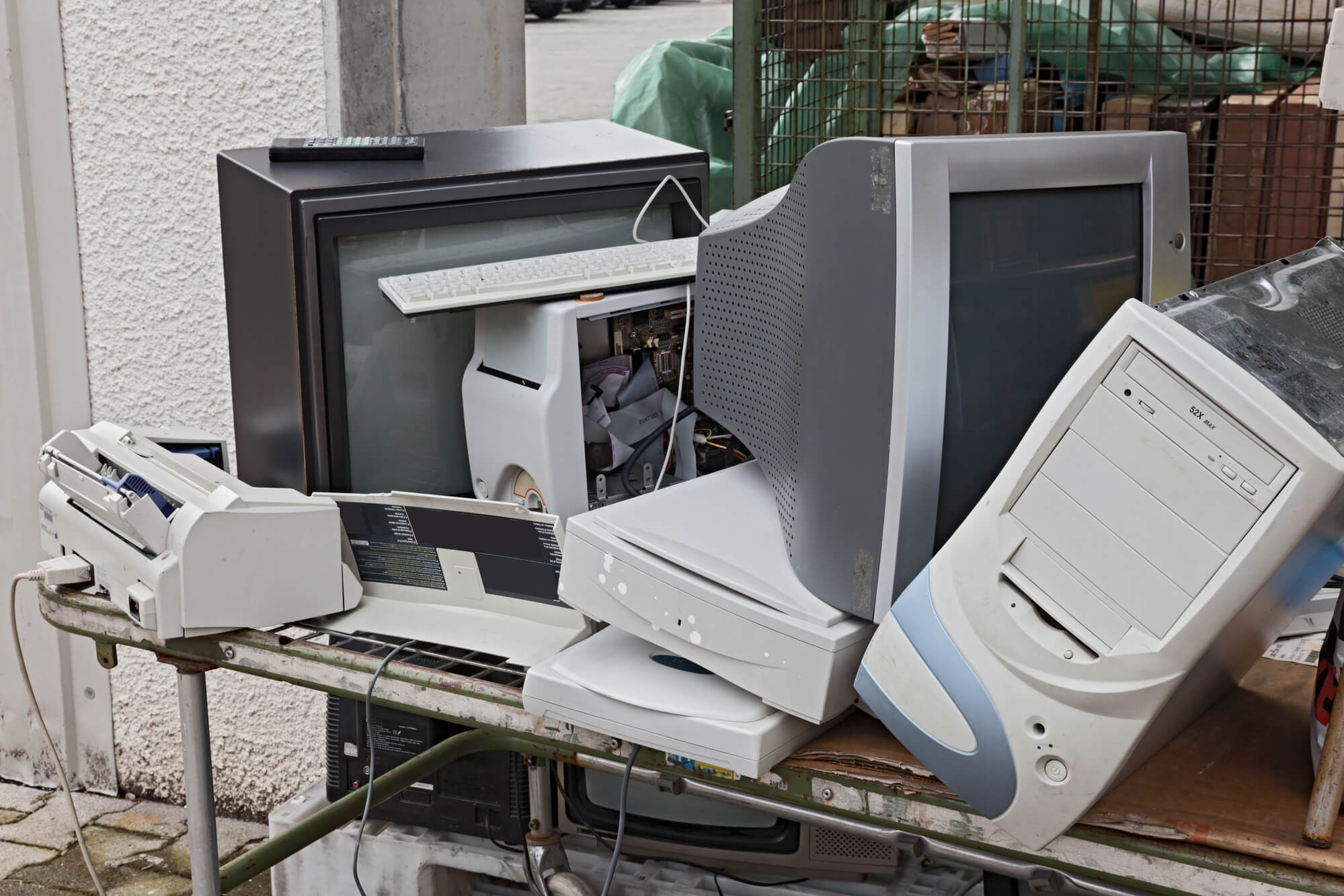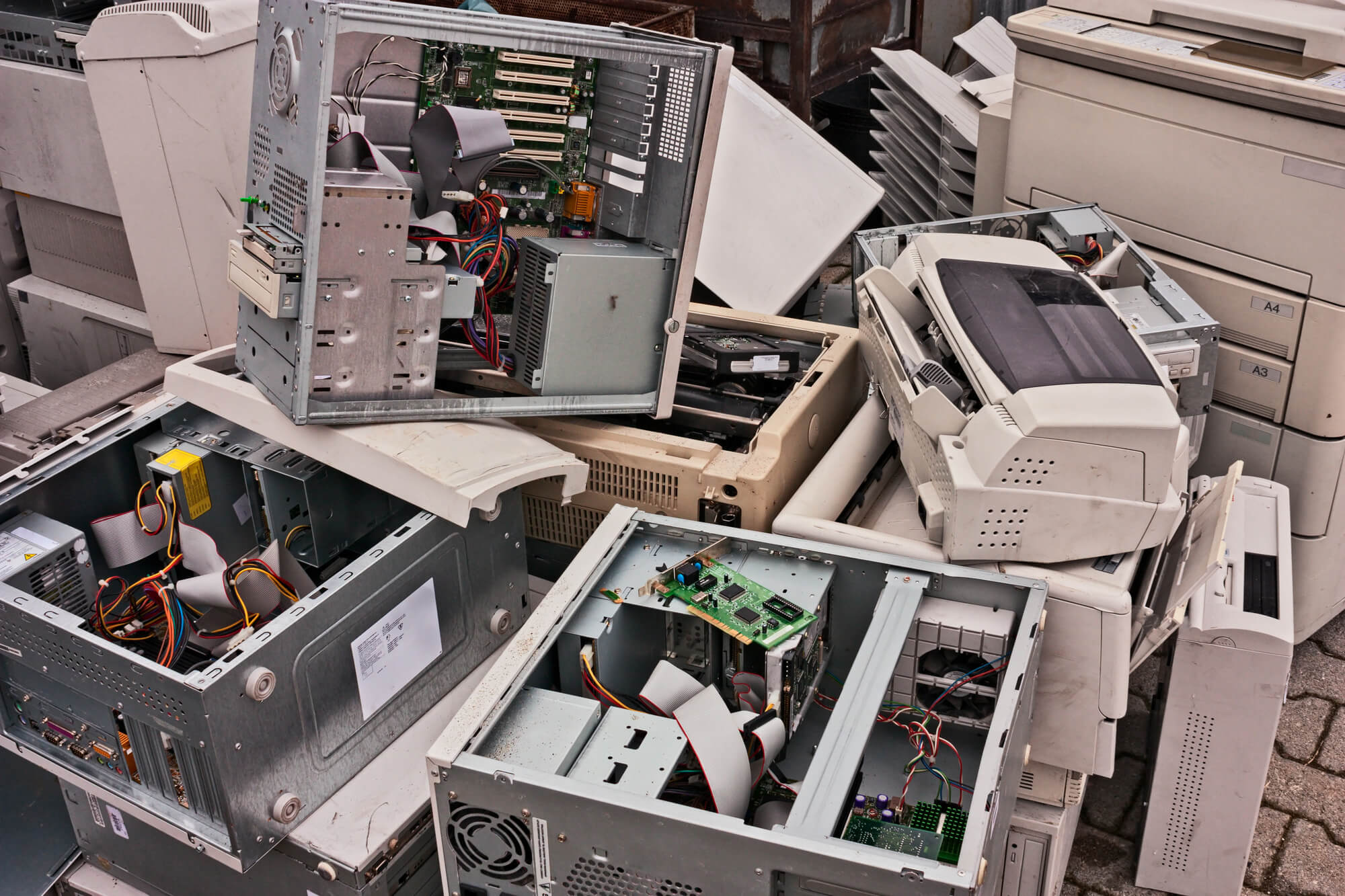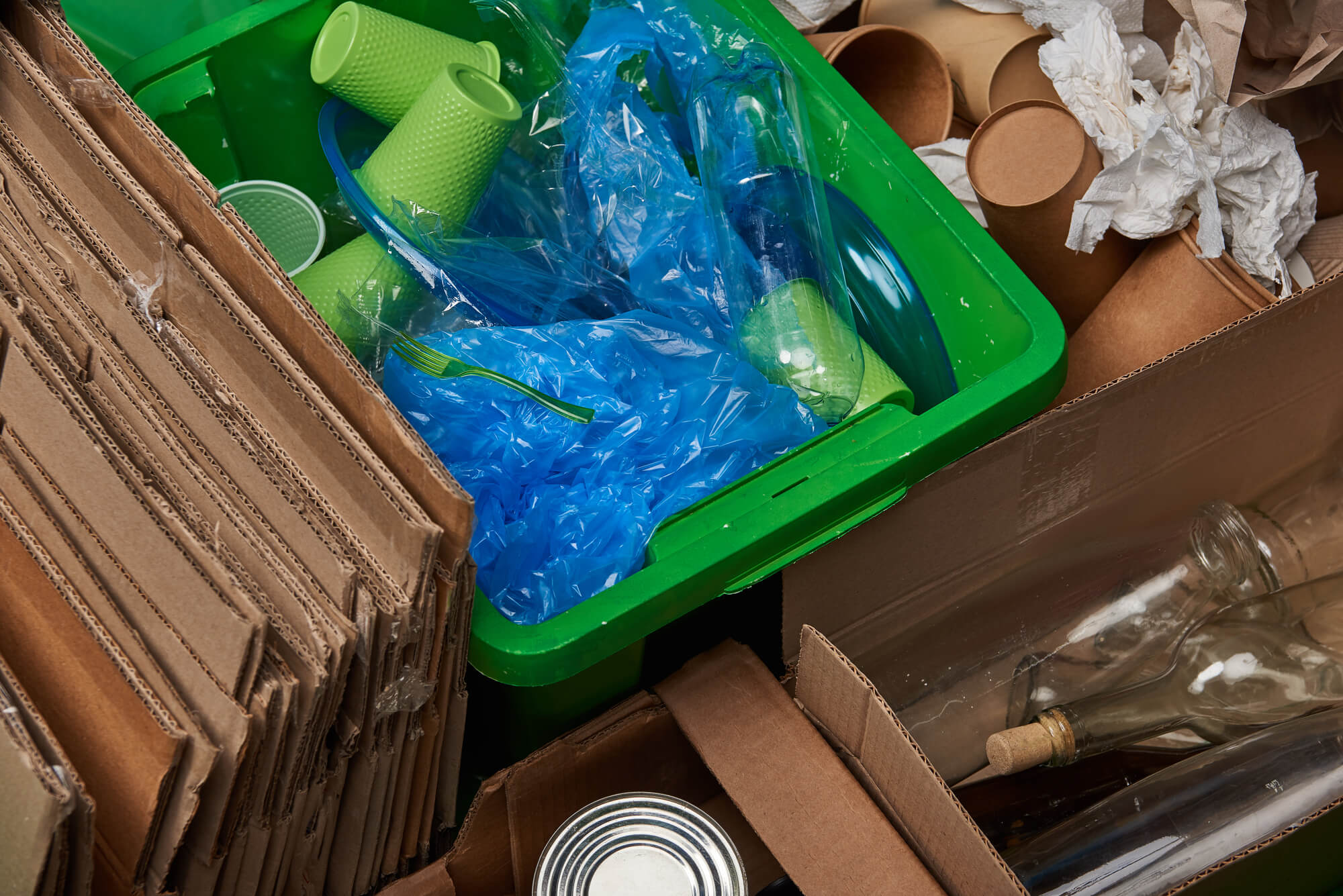The term WEEE (waste electrical and electronic equipment) has become increasingly well known in the UK since the EU’s WEEE directive in 2007.

Thanks to the directive, legislation was put in place to ensure that member states monitored how their waste electrical equipment was collected and processed. This in turn created targets to improve recycling and recovery levels.
In short, it was great news for the environment.
So, what constitutes WEEE legally?
The simplest definition is: any electrical item the holder is discarding or required to discard. For example, anything with a plug or that uses a battery and is to be discarded. This includes anything you throw away or send to be prepared for reuse, recycling or another form of recovery.
Due to the emergence of increasingly affordable technology in recent years, it is one of the fastest growing types of waste, and one that we’ve started seeing an increasing amount of in typical office clearances.
Understanding your Duty of Care
Businesses have a legal responsibility to ensure that all the waste they produce is dealt with in accordance with waste regulations. This guarantees that businesses are behaving responsibly through preventing wasteful practices.
This responsibility is known as Duty of Care, and it extends to how WEEE is stored, transported and disposed of. The Duty of Care lasts from the moment that the WEEE is produced until it is finally treated, reused, recovered and disposed of.
In practice, one of the most important measures a business can take to fulfil their Duty of Care is through entrusting their WEEE to a licensed and authorised waste contractor or facility like Clearance Solutions. The business must check that the correct documentation is provided by the waste contractor. This documentation is called a Waste Transfer Notice. If a company does not have this documentation they probably aren’t worth using.
Businesses that collect and process WEEE and other types of waste are regulated and need to be properly authorised. Collectors of waste need a Waste Carriers Licence, and WEEE recycling, treatment and disposal facilities need to be registered as an Approved Authorised Treatment Facility (AATF).
You can check whether a company is correctly licensed by viewing the environmental agency’s public register.
Waste Transfer Notices

Waste Transfer Notices (WTNs) are effectively receipts that state the waste has been collected and transferred to a third party. They provide an audit trail for the waste, and indicate that waste has been dealt with in accordance with the law.
All businesses must complete Waste Transfer Notices from any third party that they transfer waste to.
If WEEE is collected by a waste carrier, it is the holder’s responsibility to ensure that any subsequent waste transfers are also properly authorised. If in doubt ask the collector for the details. Businesses are required to keep a copy of WTNs on file for at least two years.
Waste Transfer Notices need to include all of the following information:
– Who the current holder of the waste is;
– Who the collector is;
– A brief description of the waste and the relevant EWC code*;
– The quantity of waste;
– How the waste is contained (i.e. loose, in sacks, in a skip);
– A box to tick to confirm the Waste Hierarchy has been adhered to;
– The place, date and time of transfer;
– Details of the permit, licence or exemption of the person collecting or receiving the waste;
– The Standard Industry Code (SIC) of your business;
– Signatures of both parties.
* Different types of waste have specific codes called European Waste Classification (EWC) codes. They help the management and tracking of waste streams.
WTNs need to be in triplicate, one for the transferor (holder), one for the Transferee (collector), and one for the receiving Approved Authorised Treatment Facility (AATF).

Hazardous WEEE
Some types of WEEE are classed as hazardous materials. Cathode ray tubes, LCD screens, fluorescent light bulbs and refrigeration equipment are common examples.
Hazardous WEEE is dealt with differently from regular WEEE. When Hazardous WEEE is being disposed of, Hazardous Waste Consignment Notices are needed instead of a Waste Transfer Notice. Always be aware which of the two you are disposing of in order to dispose of them correctly.
Clearance Solutions Ltd is a Licenced Waste Carrier and specialise in WEEE collections and recycling. Please contact info@clearance-solutions.co.uk or call 020 7706 7554 for more information.











